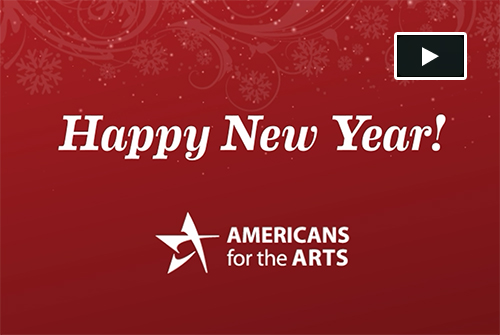
Jenifer Thomas
Data Mining: Digging for Nuggets to Make Pricing Decisions
Posted by Oct 04, 2012

Jenifer Thomas
 Jenifer Thomas
Jenifer Thomas
Every time someone questions the value of data mining, I can’t help but hear the Gold Rush-era adage, “There’s gold in them hills!”
The wealth of information gleaned from data analysis can provide great guidance in decision making, especially in relation to pricing. And if you’re a data junkie like me, you might enjoy data mining, too.
Analyzing data gives insight into how the audience values our product. We can then price according to that value.
For example, an organization may assume that its box seats are the best in the house, and price them accordingly. But as the first performances near it’s clear that total sales are increasing, but the boxes aren’t selling. Often this prompts a frantic decision to discount those seats to encourage sales. But hold steady! A more reasoned approach is to ask a few honest questions:
- Is the box ticket price too high?
- Is our perception of the value of a box seat too high?
- Are the range and relationship of the prices out of whack?
Here’s where data comes in—mining into where people are choosing to sit in the house and what they are paying often gives answers.
For example, if we look at the data and see that demand is actually strongest in front-and-center orchestra radiating out, and there is little demand for the boxes, then the audience is spelling it out for us. They value the orchestra seats more and are willing to pay a price they deem reasonable for that value. The box seats are not as valuable to our audience, and the pricing is not reflecting that difference in value.
Read More





 Devra Thomas
Devra Thomas

 Doug Borwick
Doug Borwick

 John Eger
John Eger




